Evidence of a humanitarian crisis began building at Maralinga in remote western South Australia during the late 1950s, but it wasn’t until the 1980s that the world finally heard about it. On 14 May 1957, military personnel encountered an Anangu family camping near the crater of a recently detonated nuclear fission bomb – despite repeated assurances all Traditional Owners had been safely removed from the area.
Knowledge of the discovery threatened to grind to a halt Britain’s nuclear testing program, and so for nearly 30 years the story of the Milpuddie family was kept under wraps, cryptically referred to as the “Pom Pom Incident”. It was finally brought to light by the 1984 McClelland Royal Commission into British nuclear tests in Australia. That investigation’s report, delivered in 1985, was scathing: “The affairs of a handful of natives counted little compared to the interests of the British Commonwealth of Nations. The resources allocated for Aboriginal welfare and safety were ludicrous, amounting to nothing more than a token gesture.”
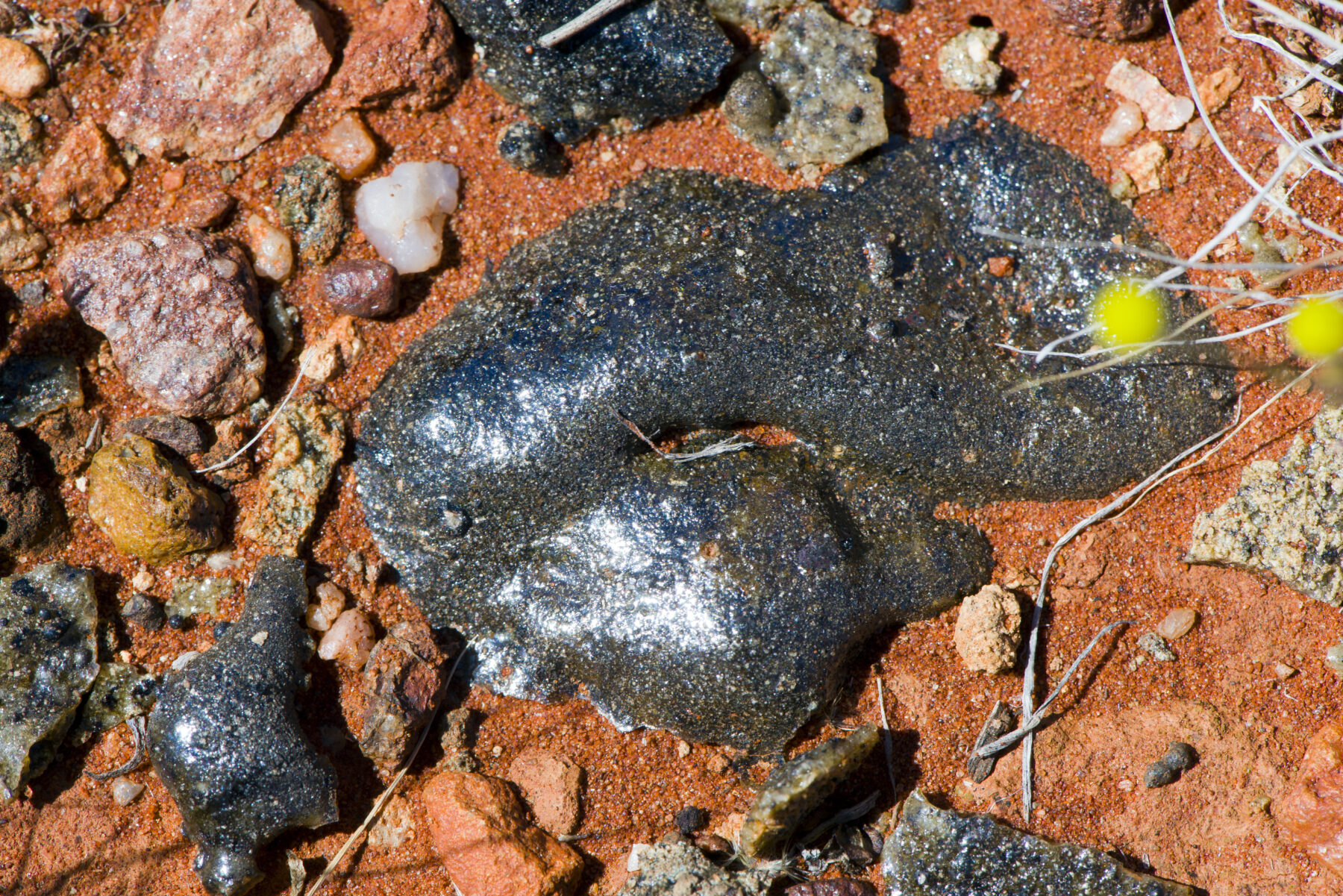
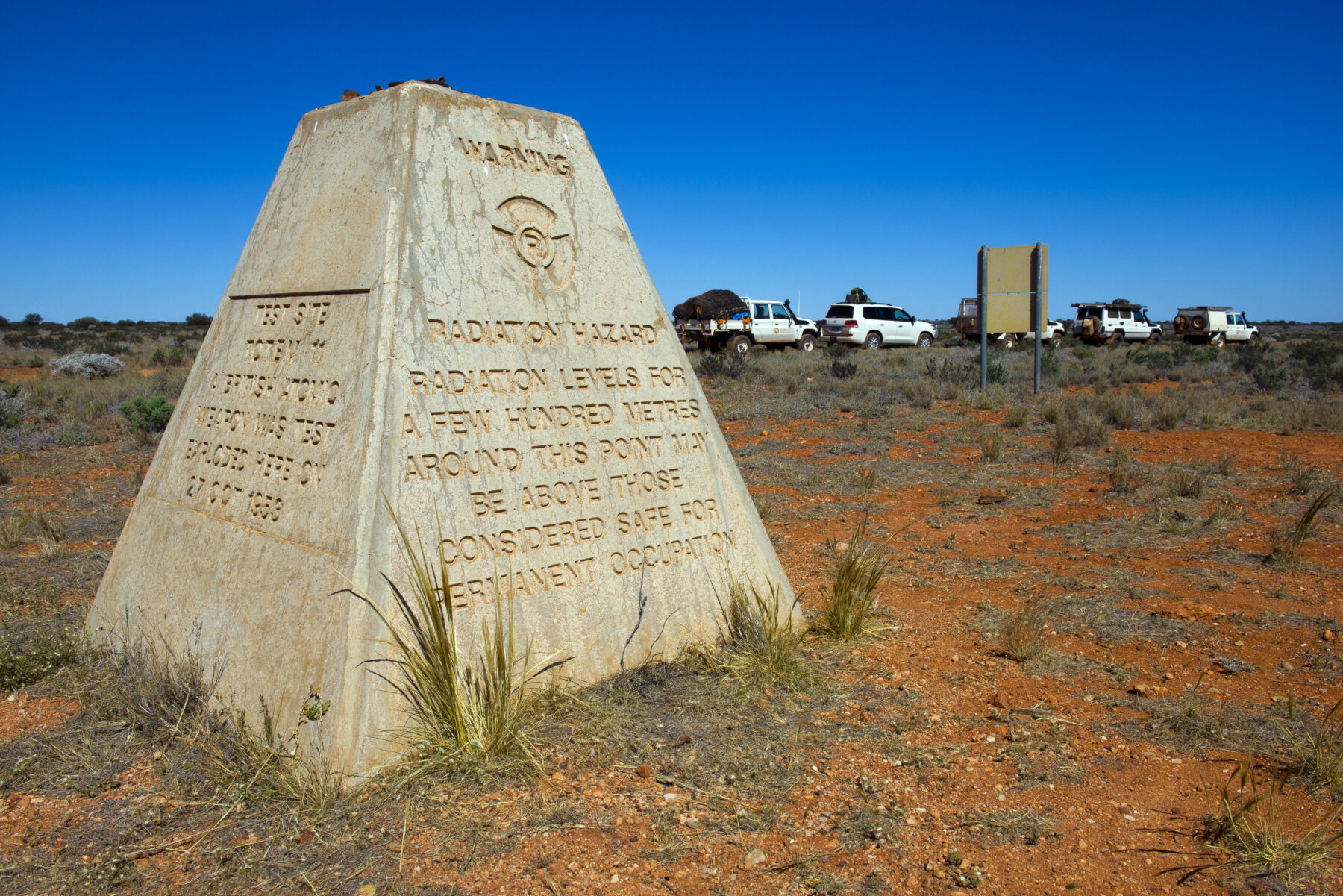
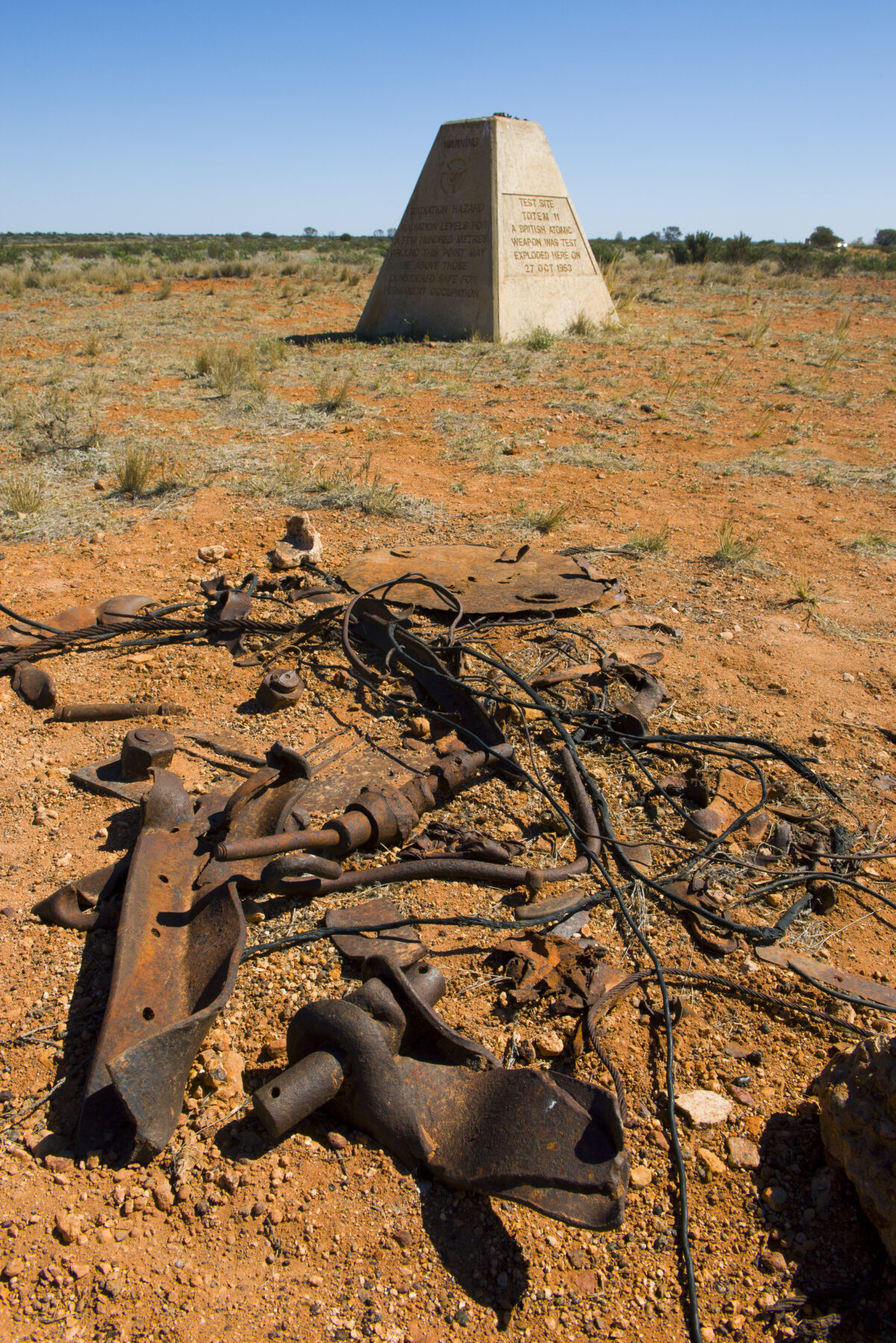
The British began developing nuclear weapons in 1947 and looked to Australia’s islands and “uninhabited” deserts to test them. In 1951 Prime Minister Robert Menzies authorised British testing on the Montebello Islands, off Western Australia’s west coast, but the public wasn’t informed until February 1952.
Britain detonated its first atomic bomb on Trimouille Island on 3 October 1952, making it the world’s third nuclear power after the USA and the Soviet Union. Testing continued on the islands, and at Emu Field in SA. In 1954 Britain chose a 3200sq.km parcel of land, west of Woomera Prohibited Area in SA, as its permanent testing site. Authorities named it Maralinga, a word borrowed from Garik, or Garig – a Northern Territory language – that roughly translates to “field of thunder”. Construction began on an air strip and test site called Section 400.
Maralinga was located on the lands of the Anangu, comprising several First Nations groups. The Traditional Owners, notably the Pitjantjatjara and Yankunytjatjara, were removed from their ancestral homelands and settled 150km south of Maralinga at Yalata, on the Great Australian Bight. Those living on the Ooldea Aboriginal Reserve were also relocated to Yalata.
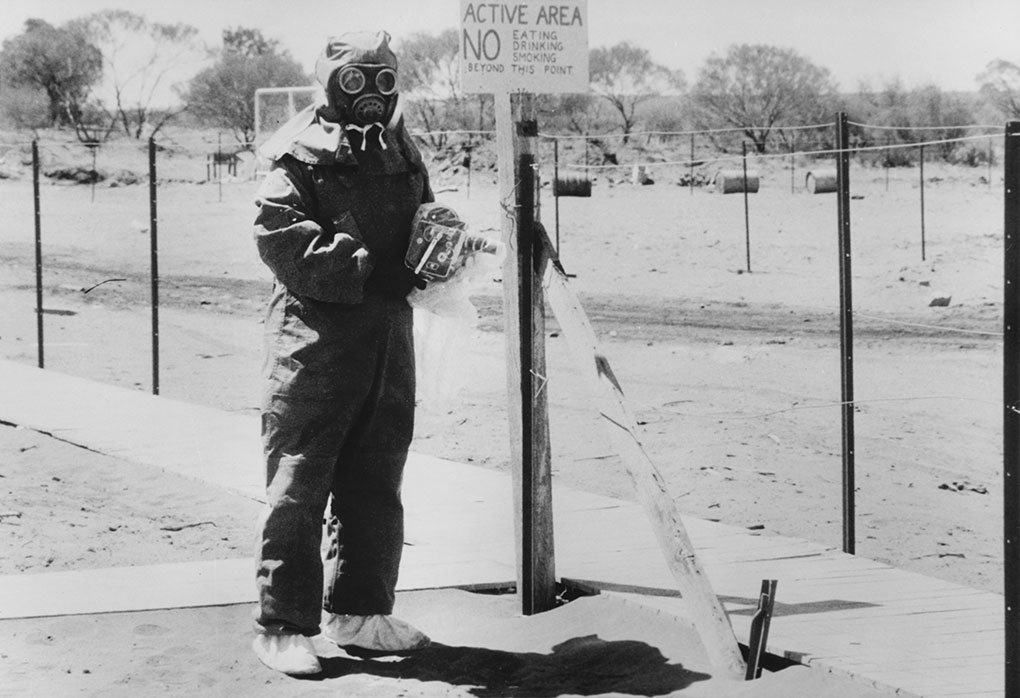
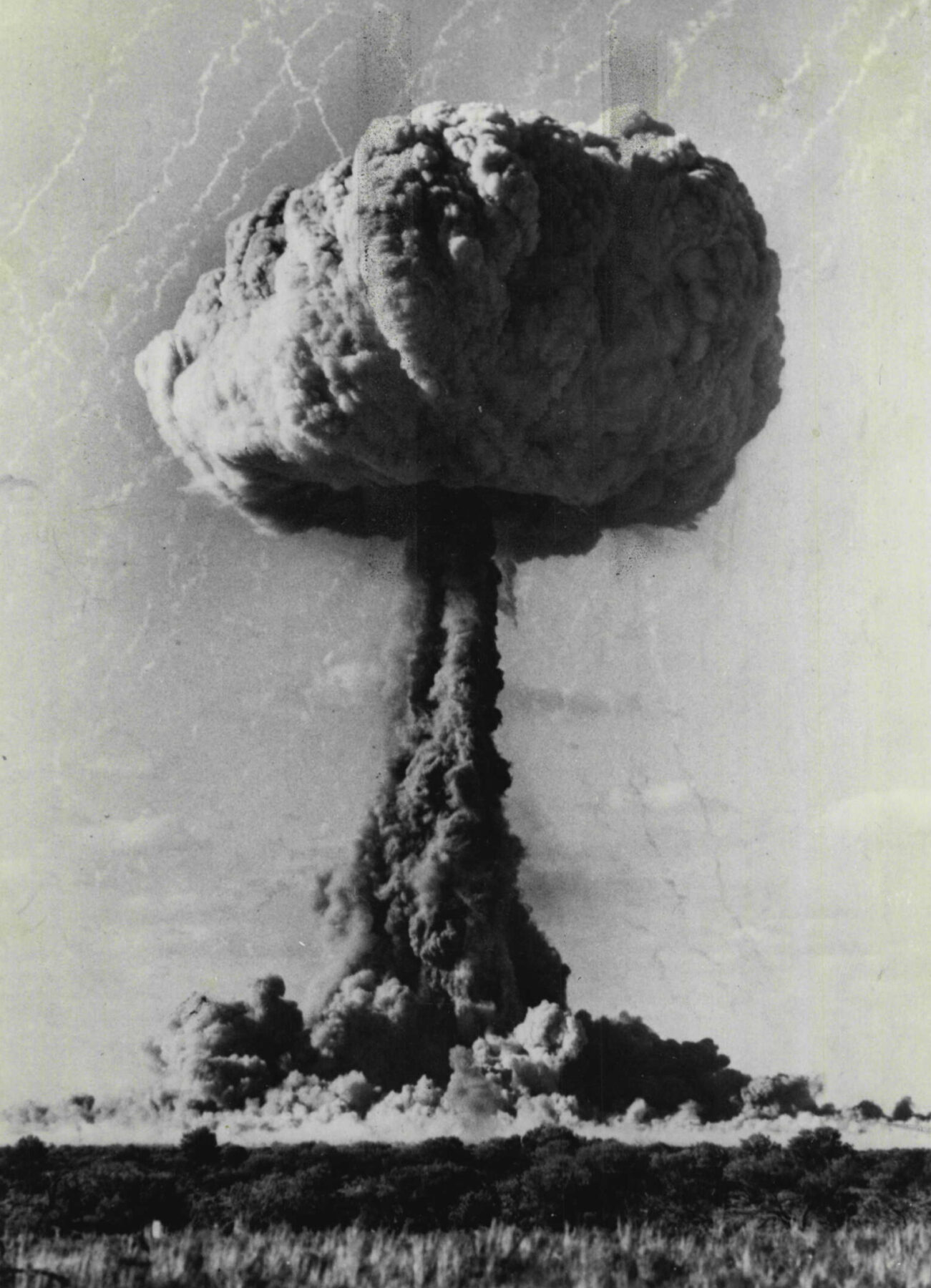
Construction at Maralinga was completed by 1956, after which it became the exclusive site for all future nuclear tests. Seven of the 12 atomic detonations by the British occurred at Maralinga, as well as hundreds of “minor trials”, such as air and land missile strikes. These dispersed an estimated 100kg of radioactive and toxic elements onto Anangu lands.
The Hawke government established the Royal Commission in 1984 to investigate the safety standards observed by the British government during its nuclear testing programs, assess the harmful effects of radiation exposure for both service personnel and Traditional Owners, and make recommendations for the disposal of radioactive and toxic materials. The May 1957 Pom Pom Incident did not deter future tests; three major detonations went ahead as scheduled in September and October that year alone. The Royal Commission revealed there were more sightings of Traditional Owners in the area, with one brigadier reporting a group of about 24 First Nations people living to the north-west of Maralinga. According to the Royal Commission, “patrols were not made more effective, some sightings were disbelieved, and reports of others were discouraged”. Ultimately, about 1200 First Nations people were thought to have been exposed to radiation during the testings.
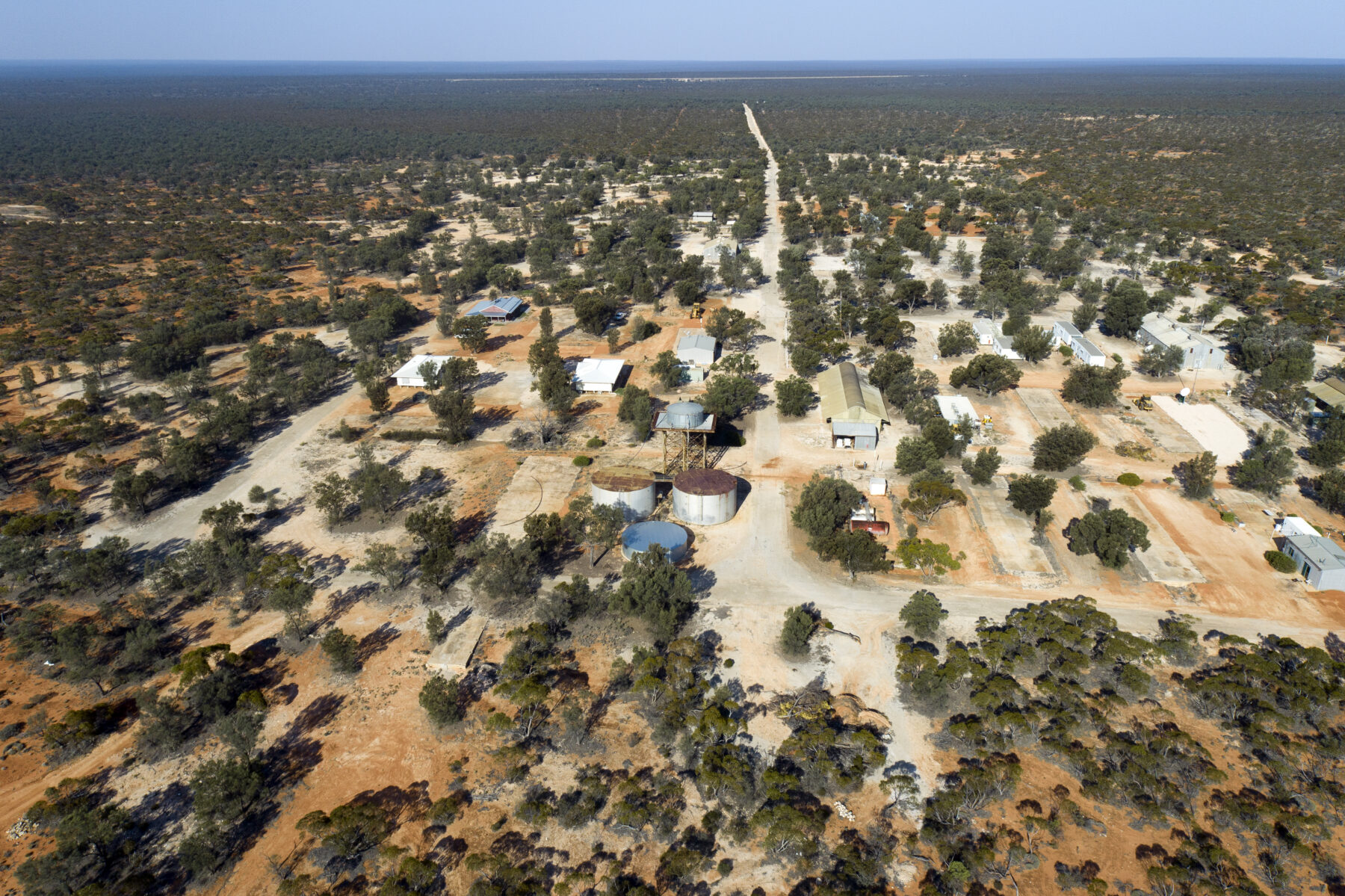
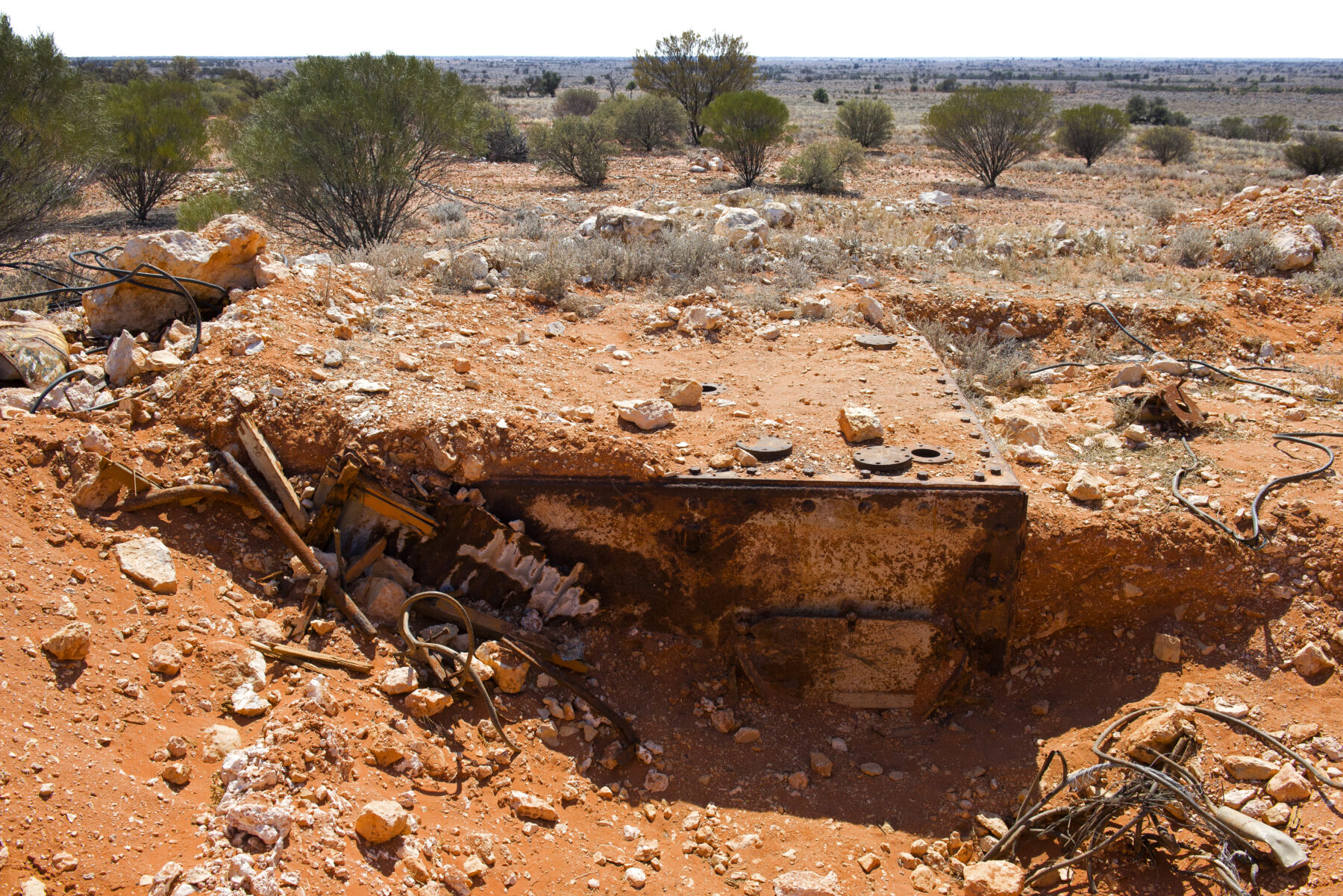
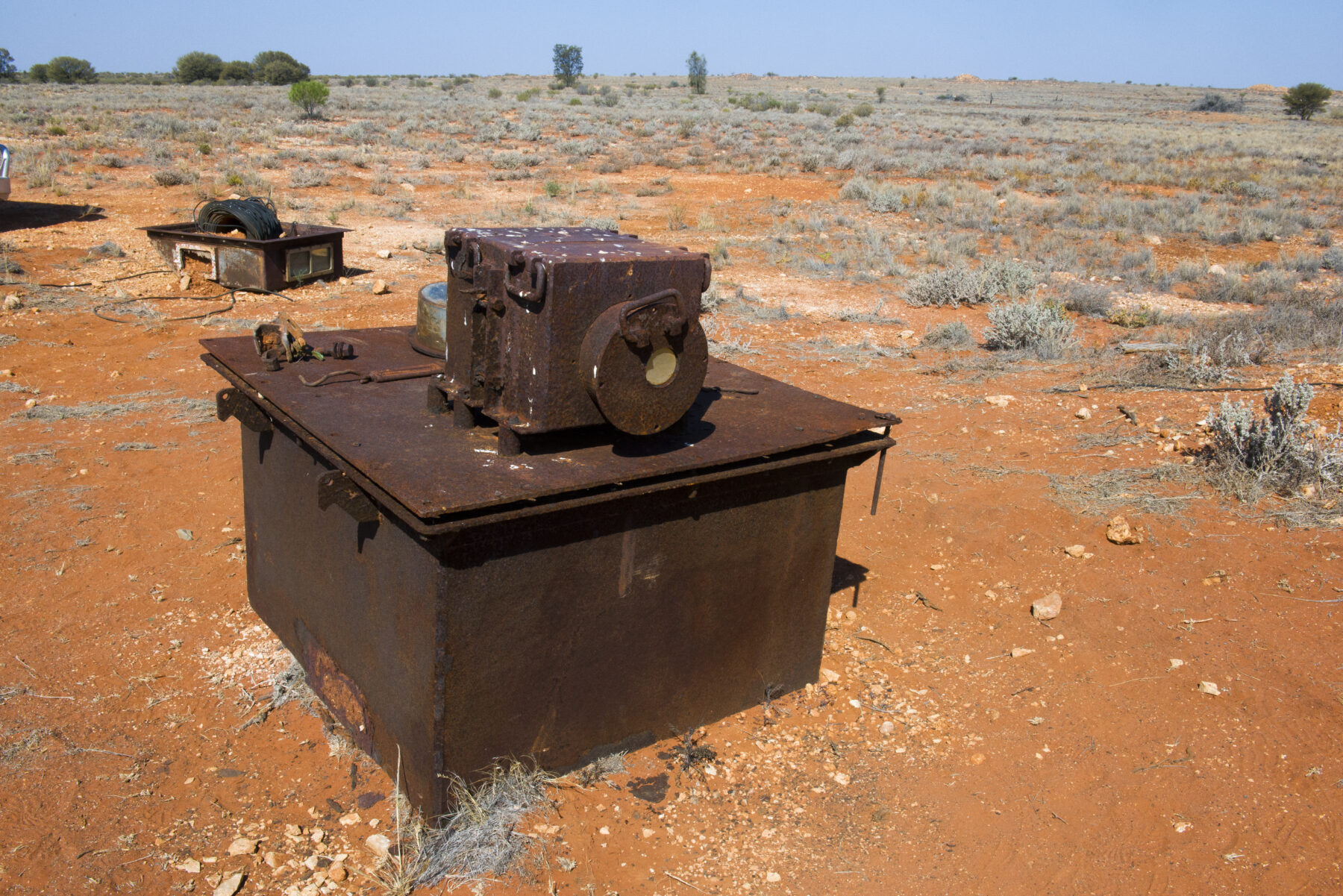
Yankunytjatjara Elder Yami Lester was aged 10 when the Totem 1 nuclear test detonated close to his home at Wallatinna station, near the Emu Field test site. He later recalled in an article in the International Humanitarian Law Magazine that, after the explosion, a “strange black smoke” that was “shiny and oily” engulfed the landscape.
“A few hours later we all got crook, every one of us,” Yami said. “We were all vomiting, we had diarrhoea, skin rashes and sore eyes. Some of the older people, they died.” Yami was permanently blinded by the radioactive fallout, and spent his adult life campaigning for compensation for the Maralinga Tjarutja people and for the cleaning up of Australia’s uranium-contaminated lands. His advocacy work contributed to the establishment of the Royal Commission.
The independent inquiry also investigated service personnel who were deliberately exposed to radioactive fallout. On 19 June 1956, the last detonation occurred on the Montebello Islands, under the codename Mosaic G2. The blast had an explosive yield of between 60 and 98 kilotons – more than six times the yield of the atomic bomb dropped on Hiroshima in 1945. To test the effects of radiation on a ship and its passengers, all 308 crew aboard HMS Diana were ordered to sail through the fallout zone of two nuclear blasts “to obtain scientific data on the fallout and to provide operational experience of conditions that may arise in nuclear warfare”.




